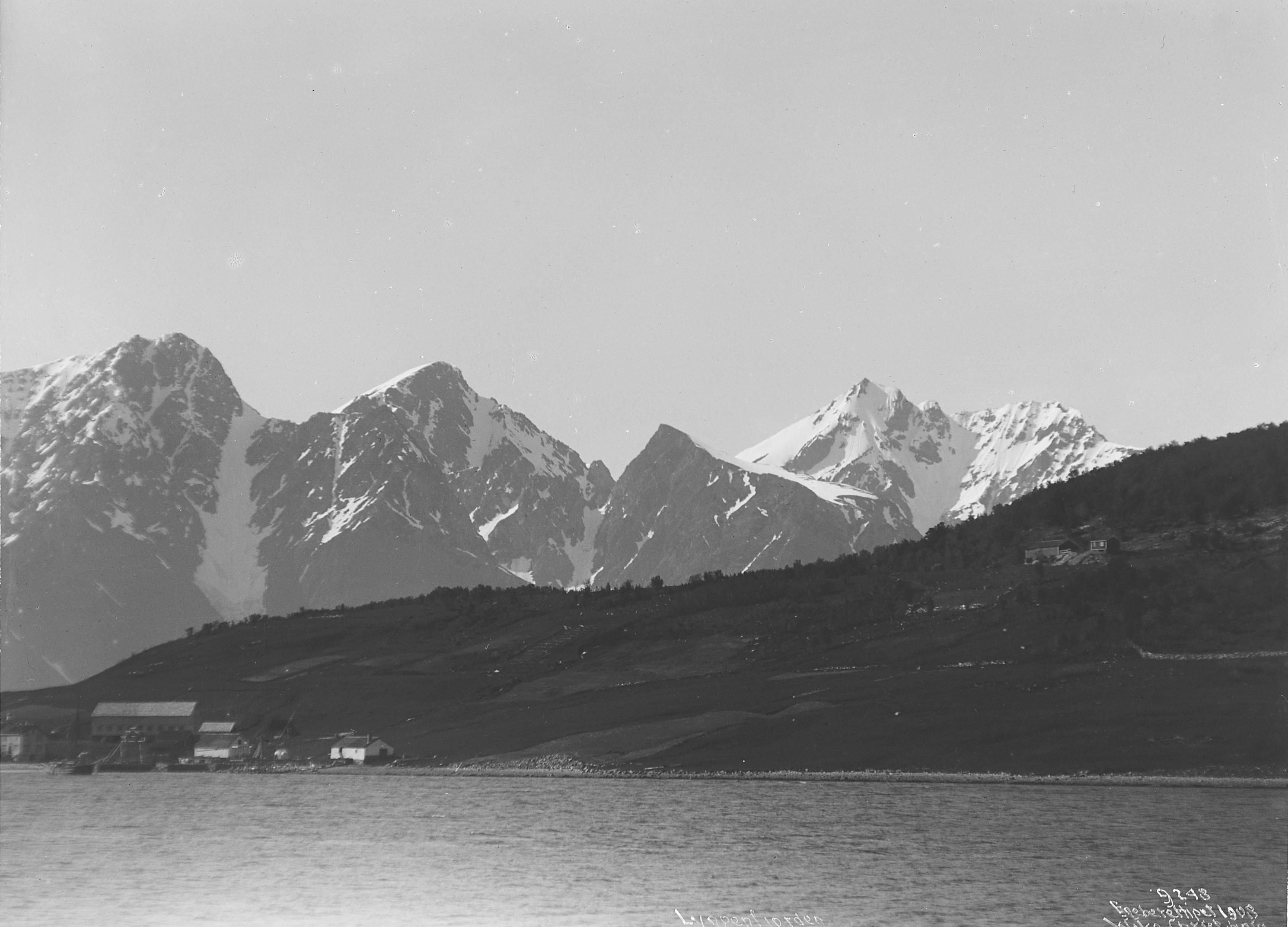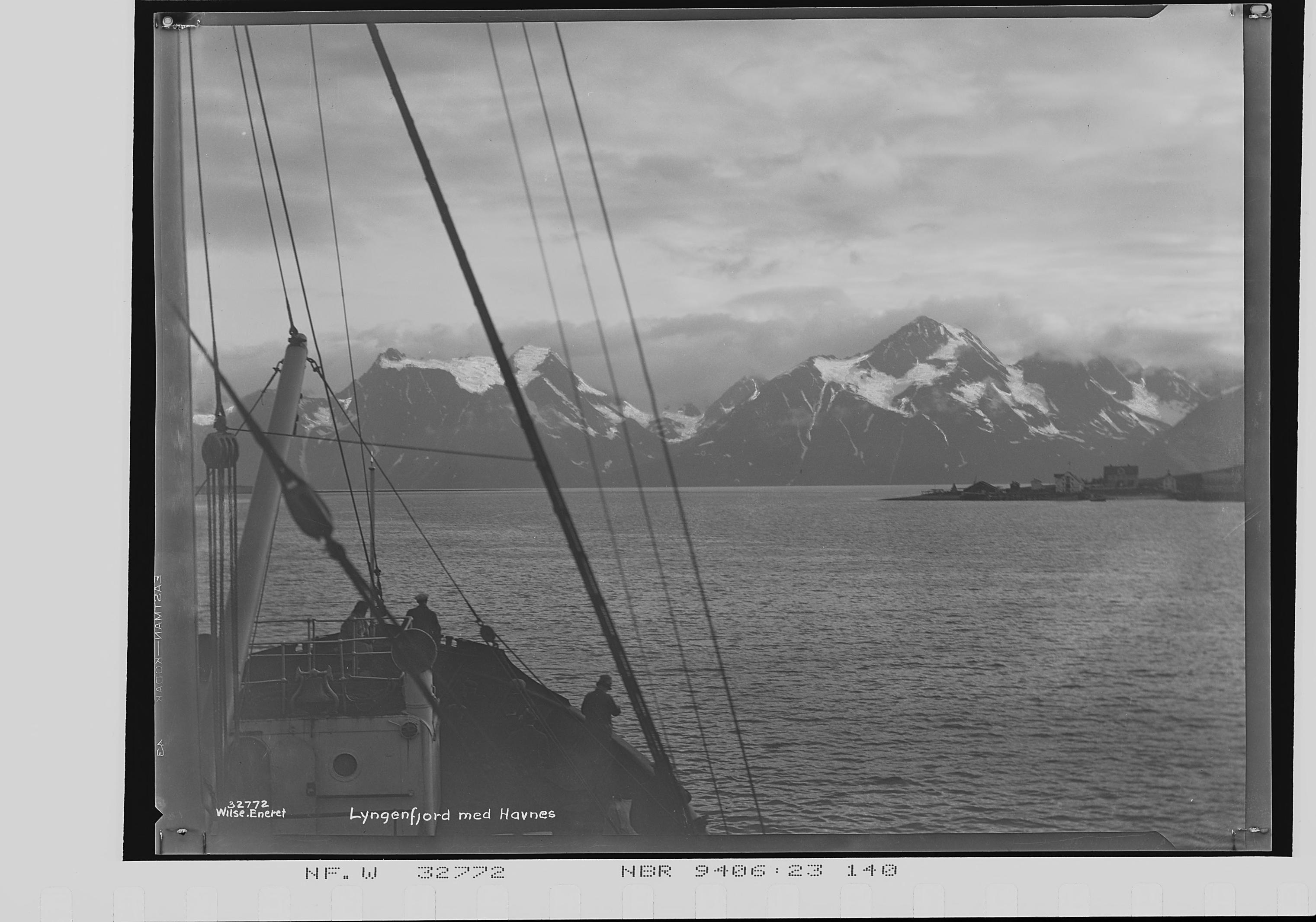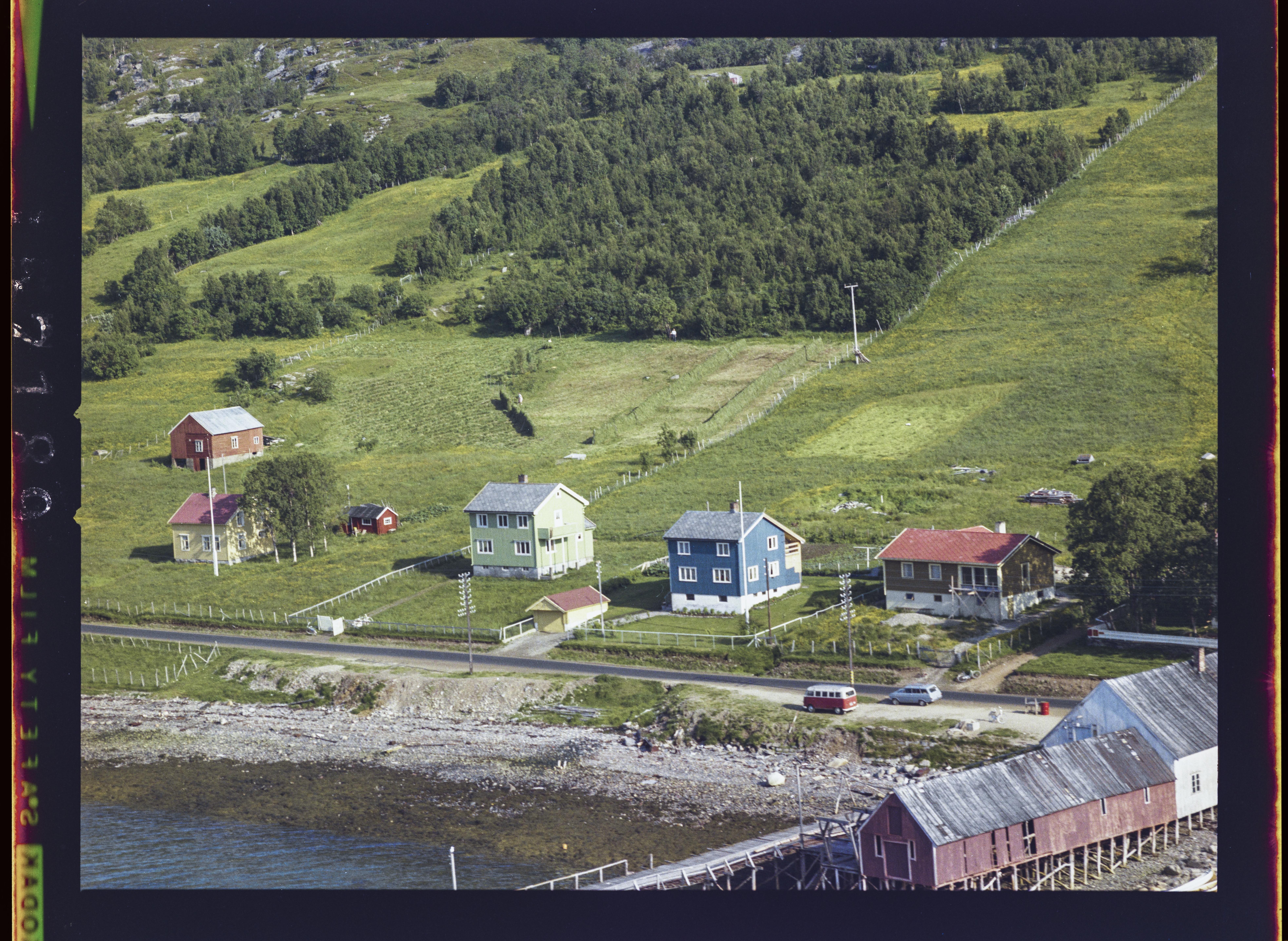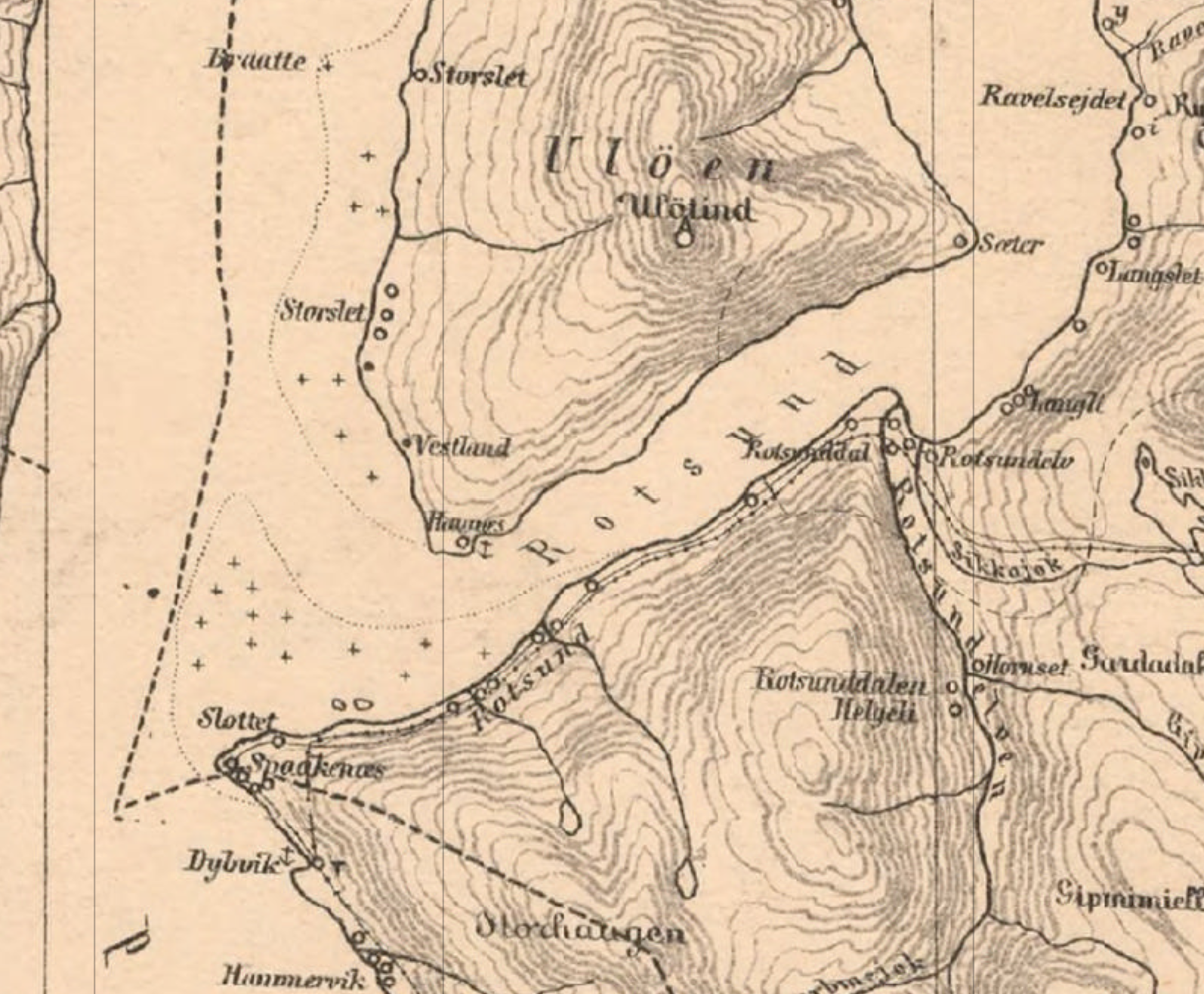Three centuries of
Arctic heritage
From Sami settlements to merchant trading posts - discover the rich history of Lyngen
A Journey Through Time
From the early 1700s to today, Lyngen has been home to indigenous peoples, Norwegian settlers, merchant families, and trading posts that shaped the Arctic region.
The First Settlers
In 1702, only the Sami people lived at Rotsund. By 1720, both South and North Rotsund were registered as royal property. Our story begins with South Rotsund, which in 1712 was taxed at half a unit and inhabited by a Norwegian named Knud Clemmitsen.
Clemmitsen, possibly a relative of Holger Danifær from Hamnnes, engaged in farming, fishing, and merchant trading. By 1740, age had caught up with him - he was described as "so old and weak that he could neither go to sea nor conduct trade."
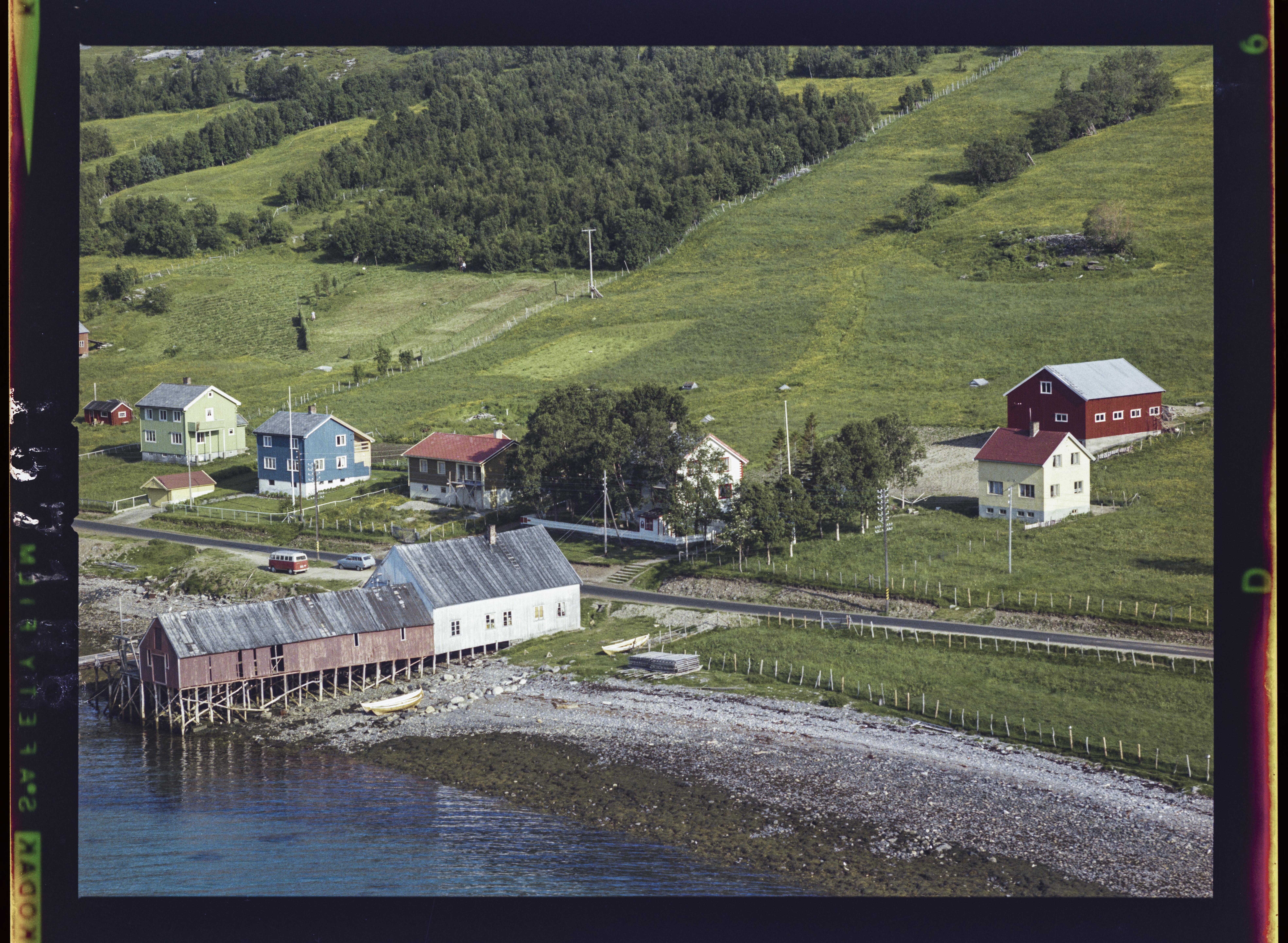
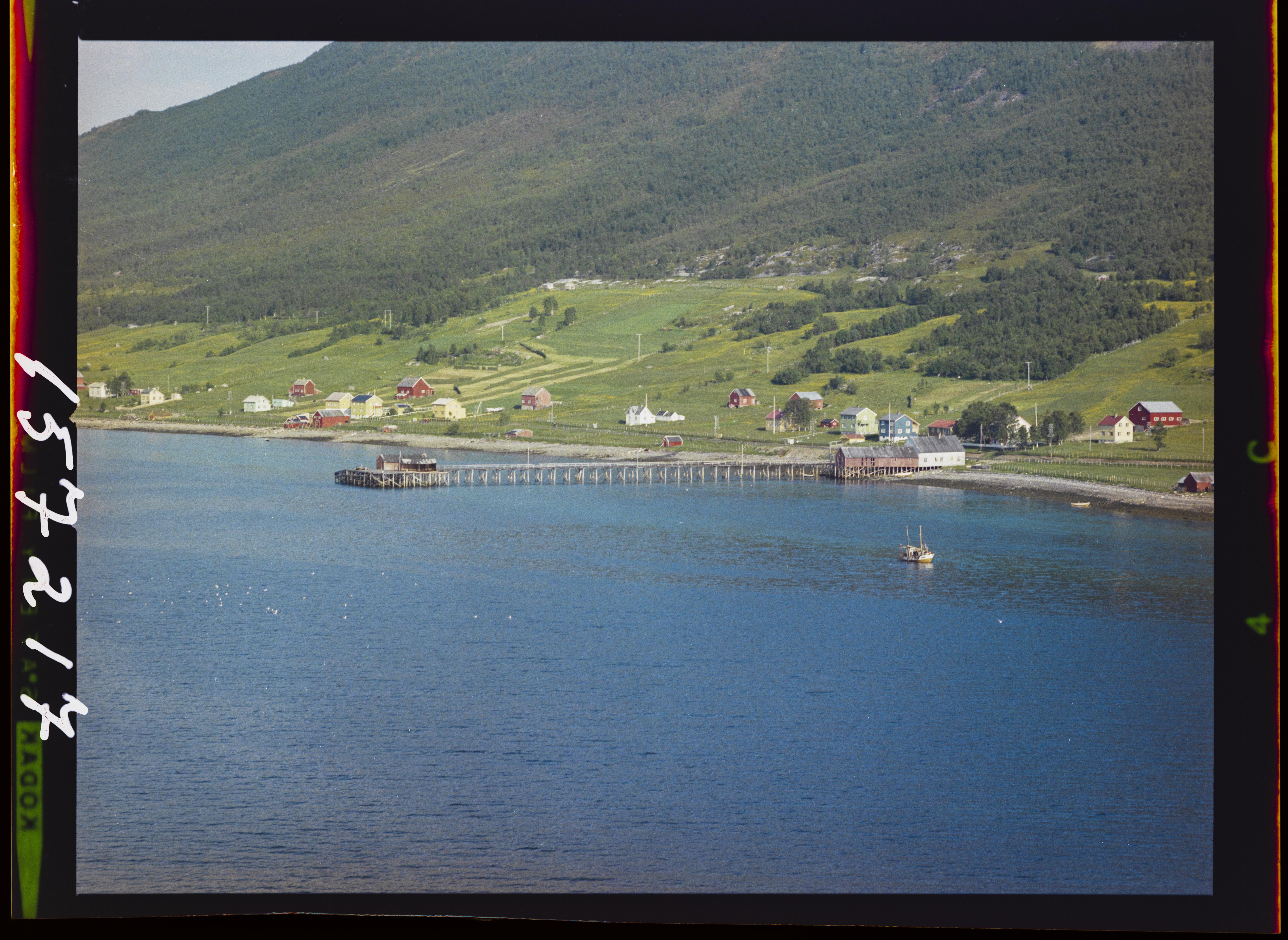
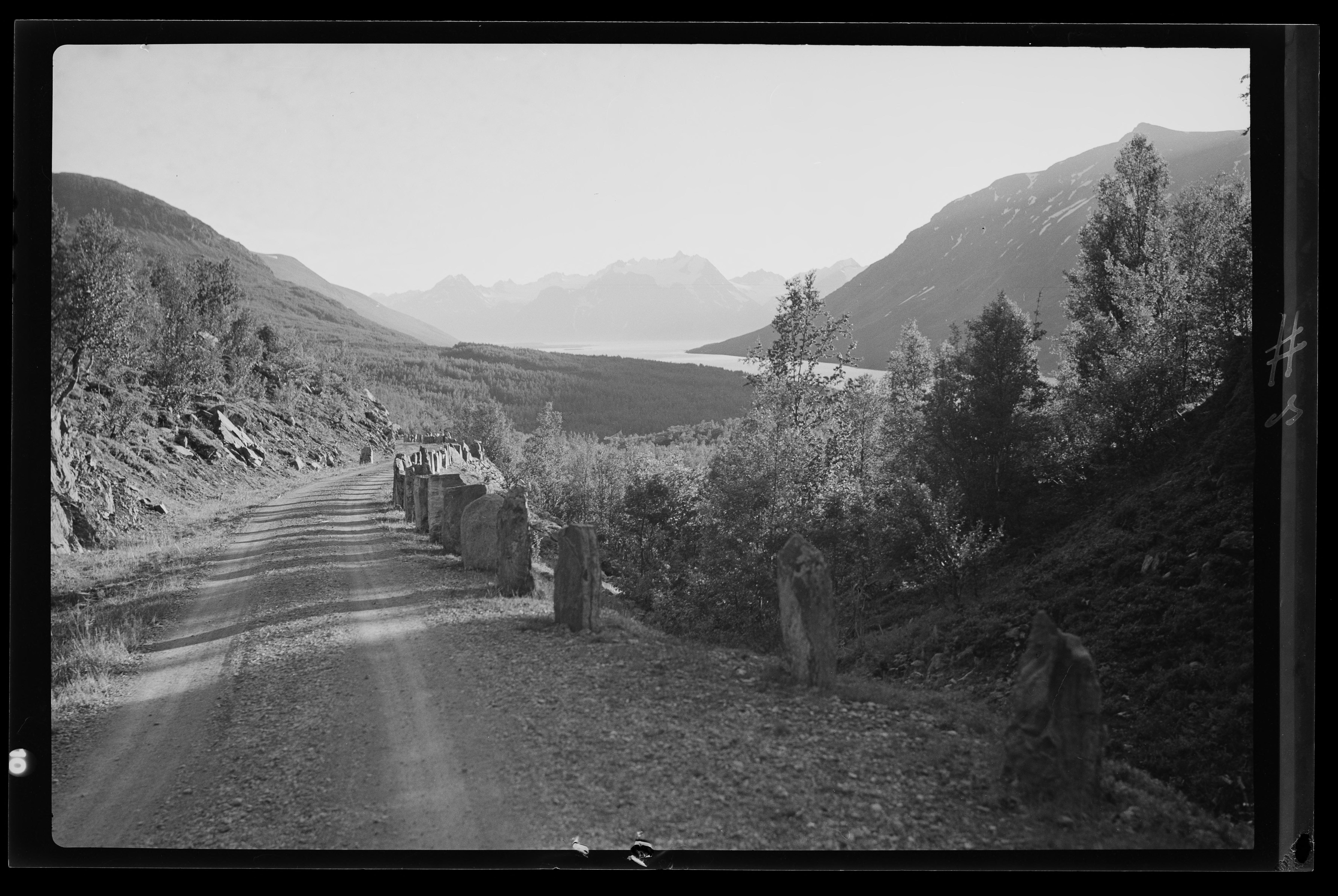
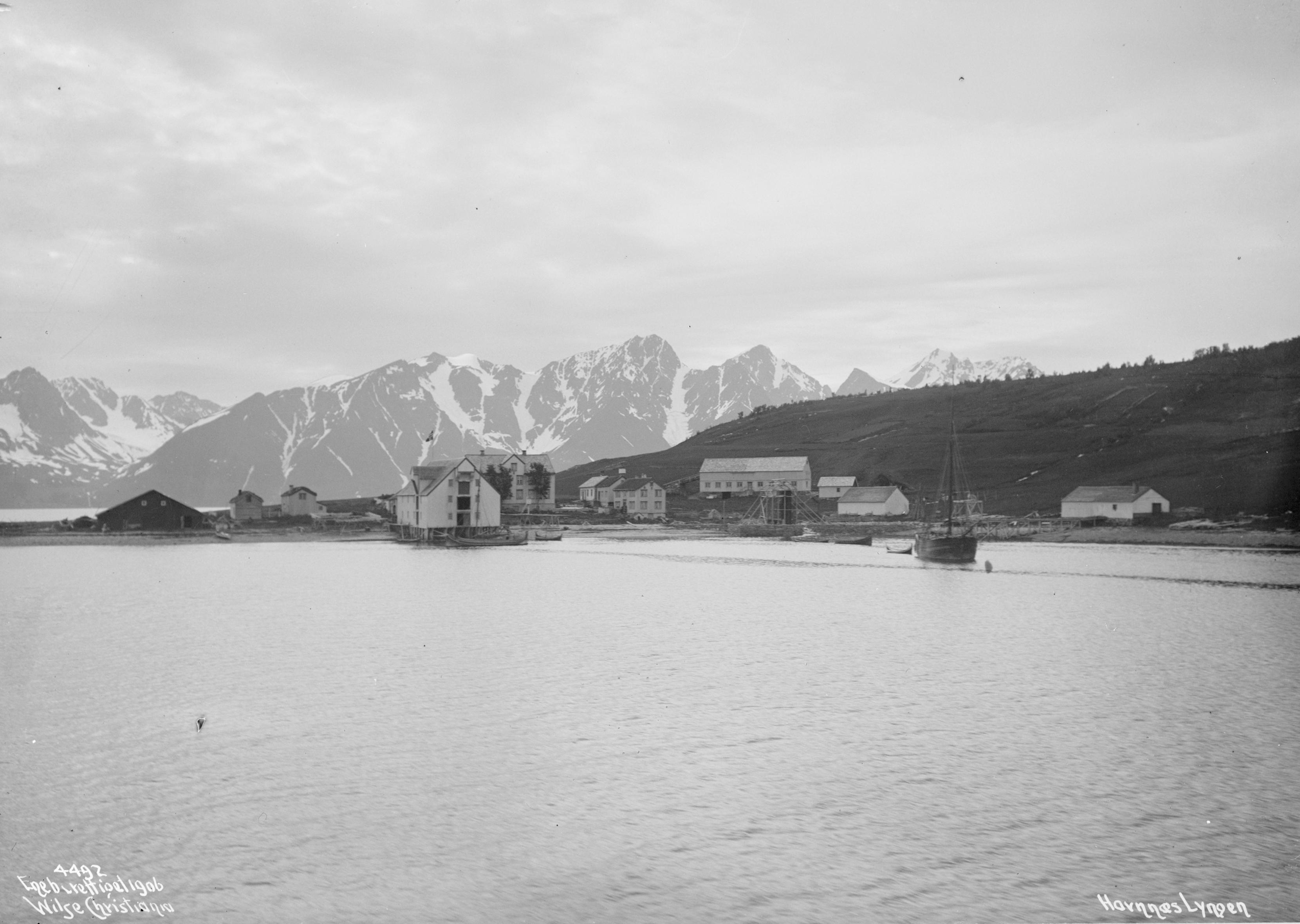
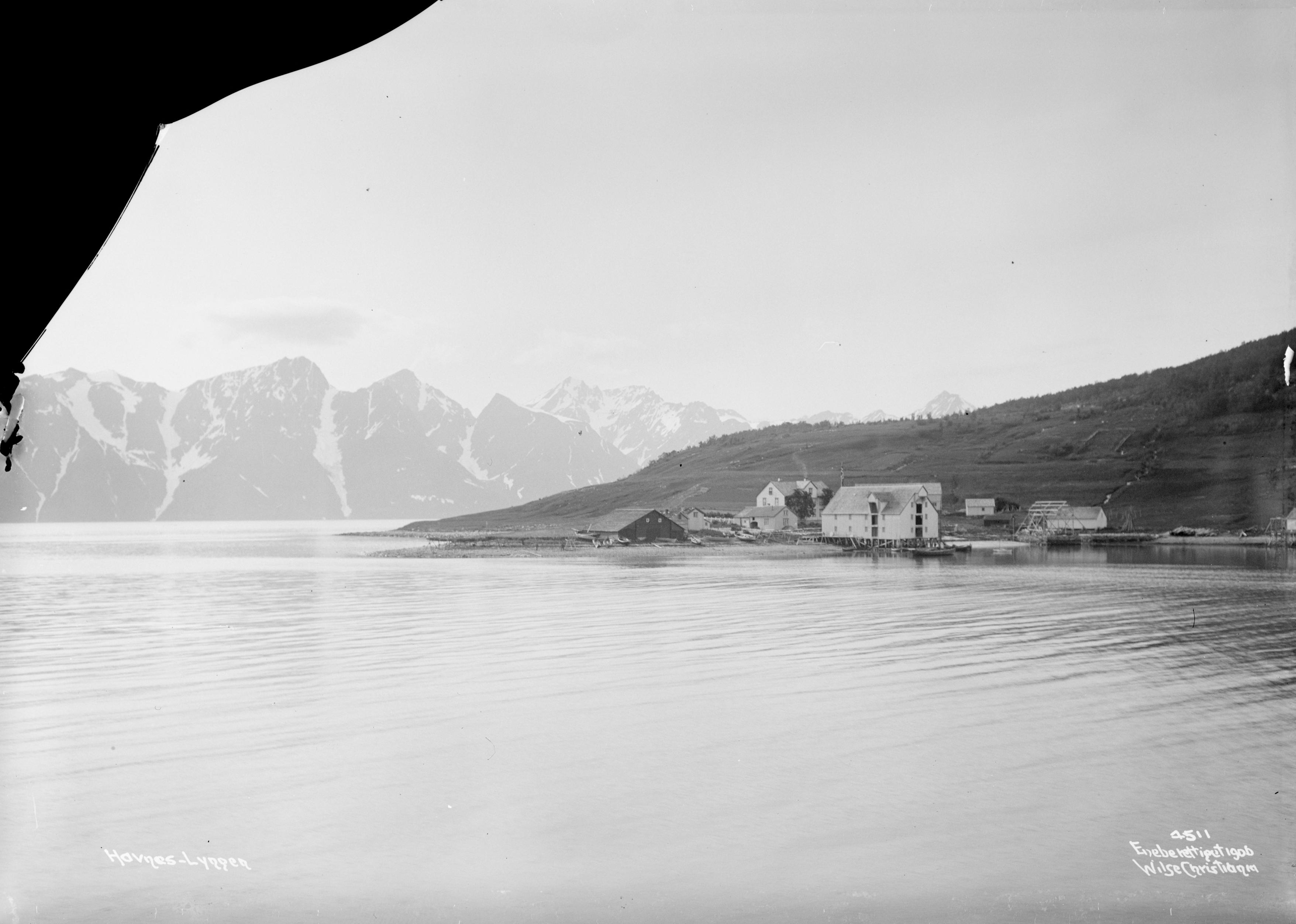
The Merchant Dynasty
The farm passed to Anders Rasch, who had married Grethe Cathrine Knudsdtr., widow of Hans Michelsen. Rasch conducted merchant trading and operated a coastal vessel that sailed to Bergen each autumn. He became the founding father of a long line of merchants in the district.
Around 1750, Rasch moved to Alteidet to continue his activities. During his time at Rotsund, he operated a sawmill in Kvenangen during the 1740s, though it proved unprofitable and was closed in 1750.
The Hysing Inn and Dark Times
After Clemmitsen's time, the land was farmed by Johannes Josephsen and his son, until it was leased by proprietor Johan Hysing, who settled at Rotsund. On October 2, 1784, Hysing received an innkeeper's license and built distinguished houses on the farm.
Hysing was married to Ovidia Fredericha Kildal, daughter of the powerful dean Kildal in Ibbestad. After proprietor Hysing died quite early, the widow met Thomas Andreas Lyng from Værdal, who became owner of Rotsund by deed on August 1, 1787.
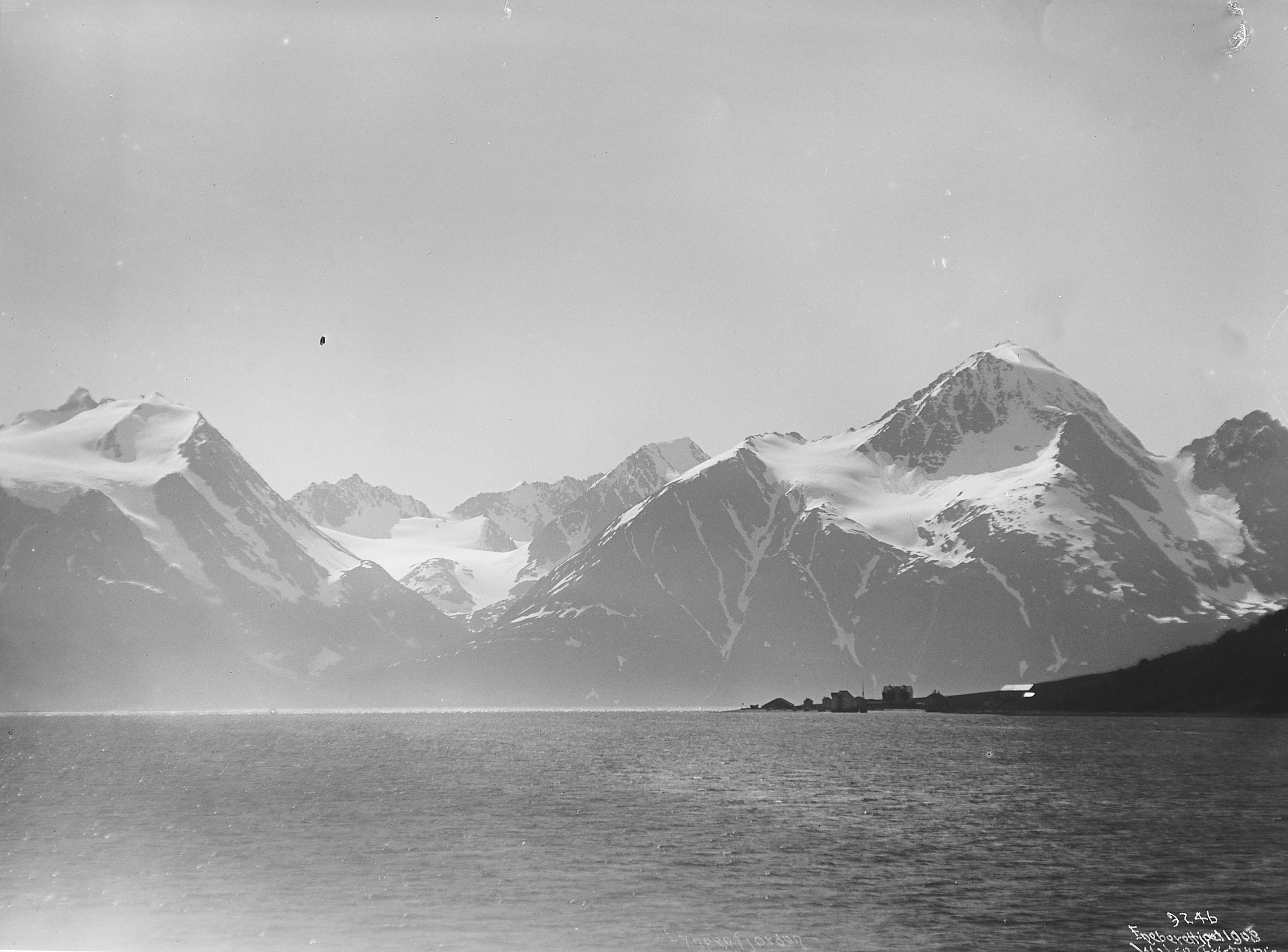
The Tragic Events of 1790
A shocking incident occurred at Rotsund when Swedish outlaws broke into the houses of the late Mrs. Hysing on the night of June 27, 1790, stealing money, silver, clothes, and other valuables worth several hundred riksdaler.
The criminals fled to the vast forests of Reisa, where they were eventually found and brought back to Rotsund's jail. However, on a dark November evening, they broke out of their chains, killed two of Mrs. Hysing's servant girls, and fled again.
They were recaptured in January and, after the youngest was confirmed by the local priest, were executed in 1792 at Spåkeneset, west of Rotsund farm.
The Lyng Legacy
Thomas Andreas Lyng, who had been a clerk at the sheriff's office in Værdal and later with Sheriff Jens Holmboe at Ervik in Trondenes, married the widow Hysing. On August 22, 1795, he received an innkeeper's license for Rotsund.
By the 1801 census, Lyng was 37 years old and his wife 35. They had a foster son and daughter, plus 3 male and 5 female servants in the household. The family had likely moved to Hamnnes by then, though Lyng continued to operate Rotsund.
Lyng received a renewed license for Rotsund on June 28, 1804. Though the place retained significance, it was eventually overshadowed by Hamnnes on the other side of Rotsundet as a trading center.
